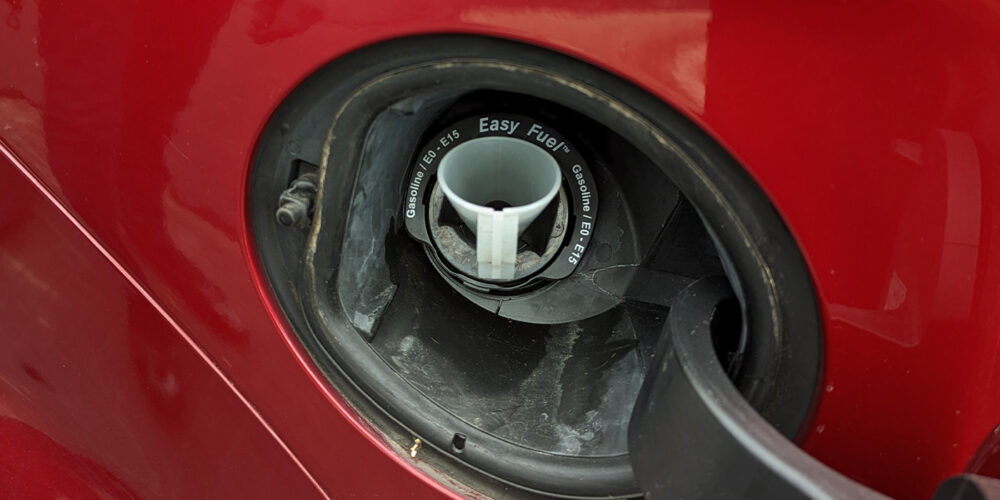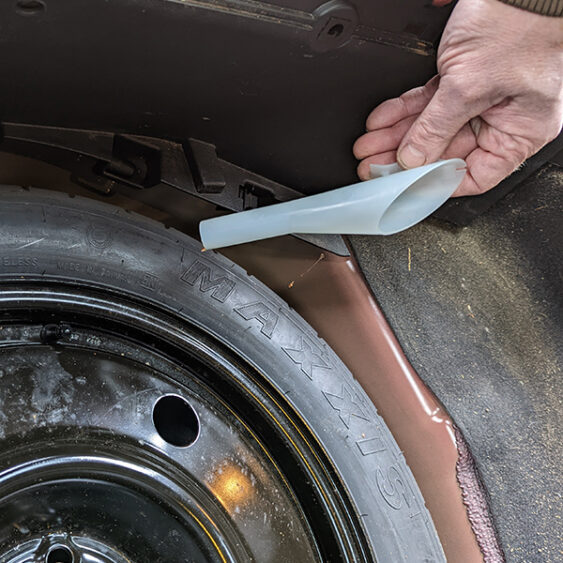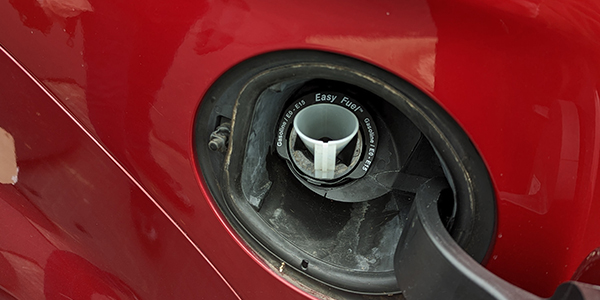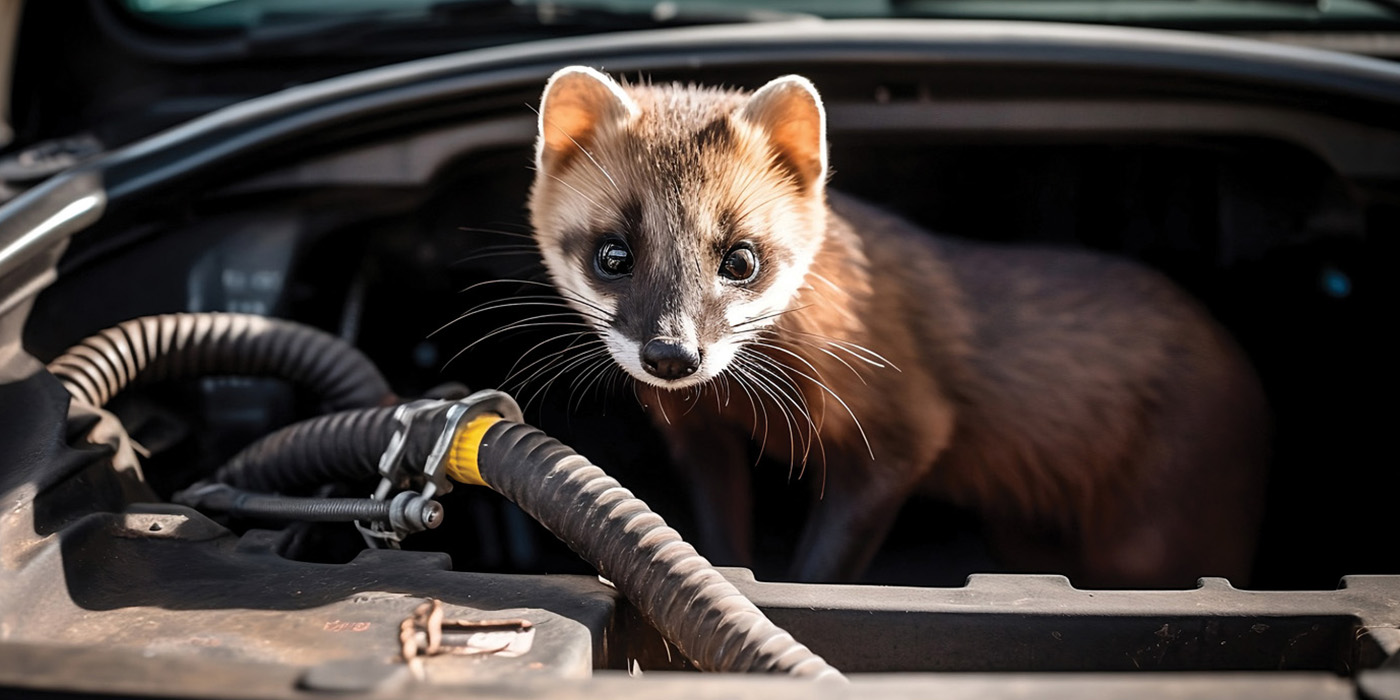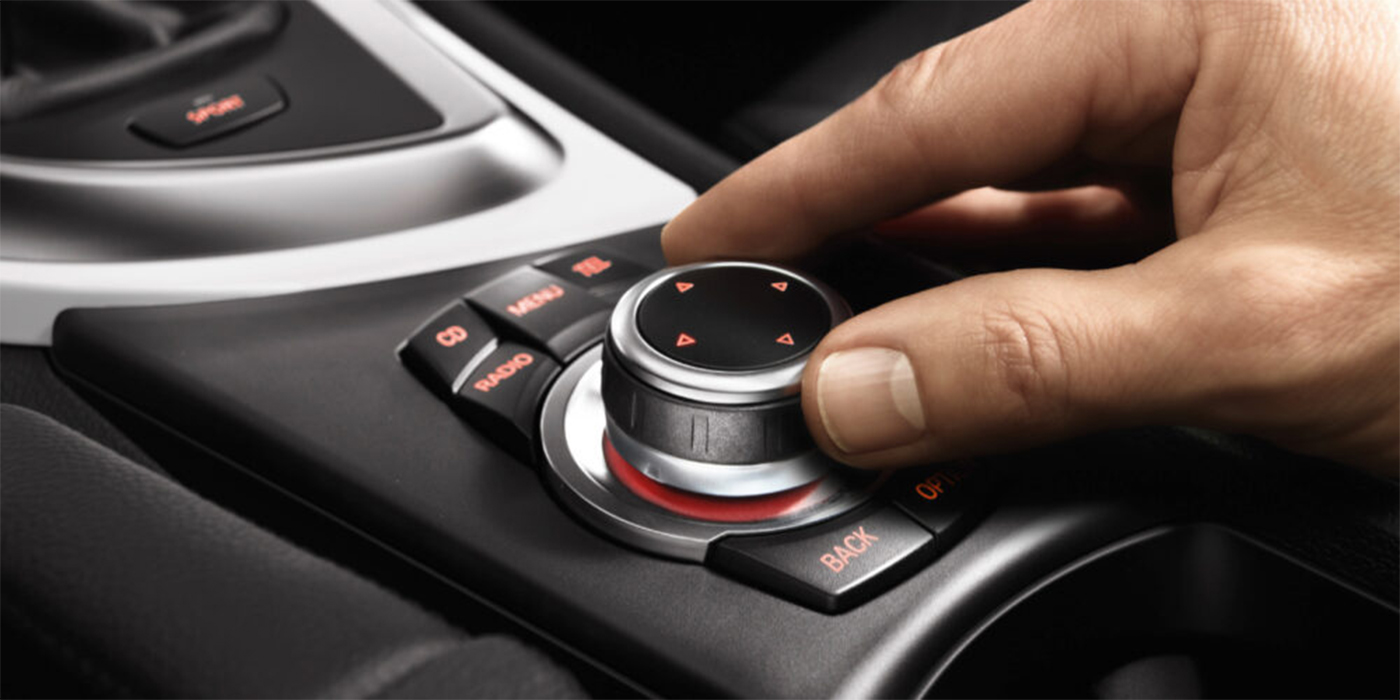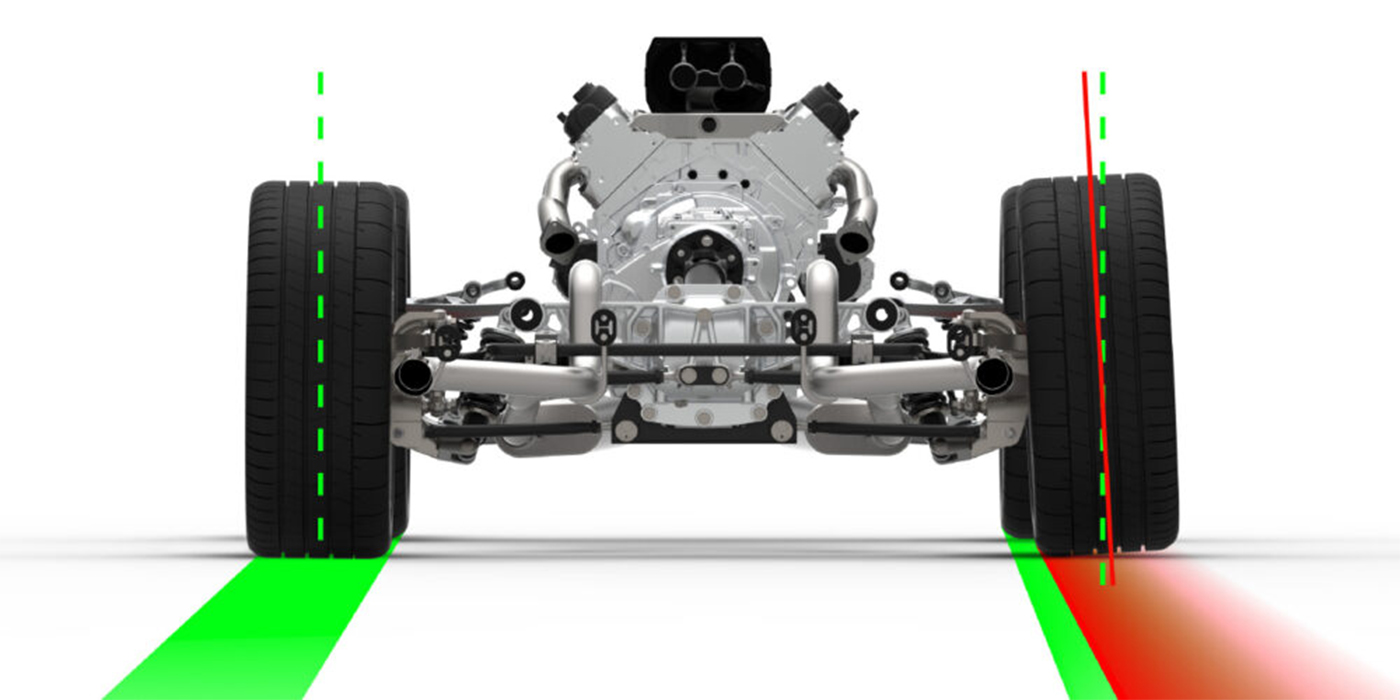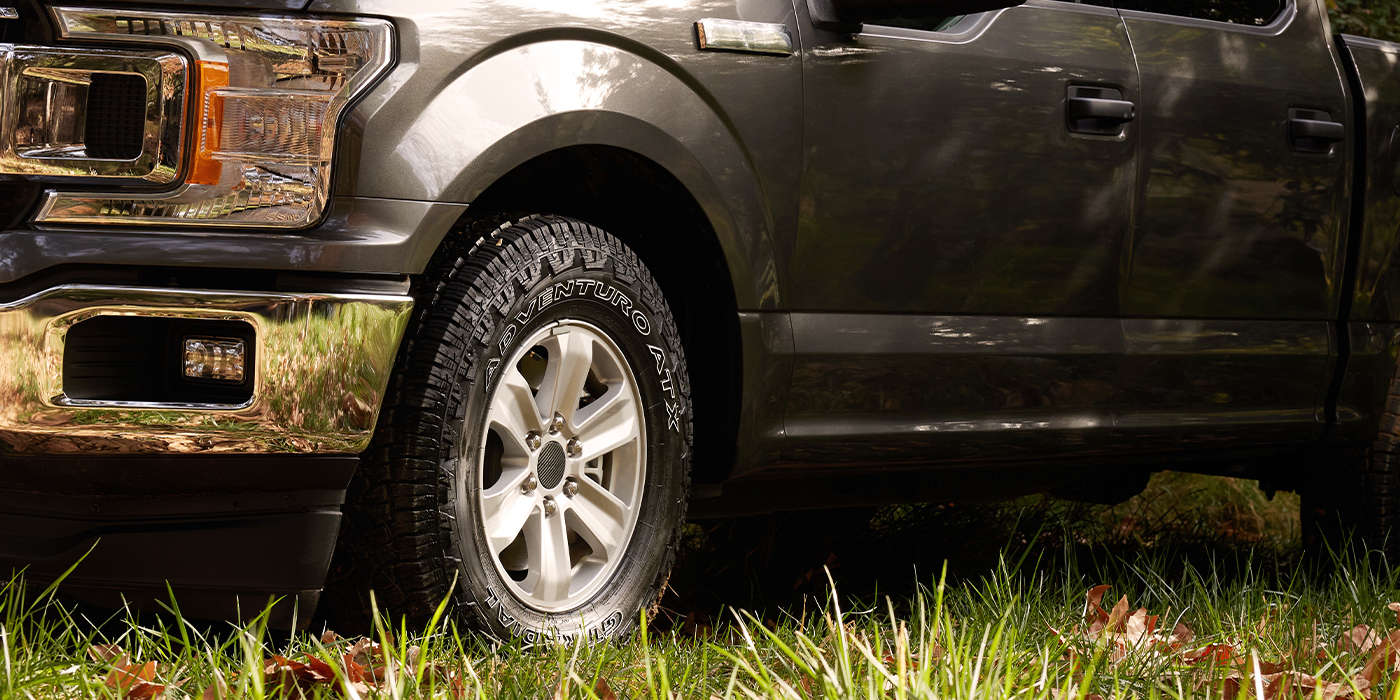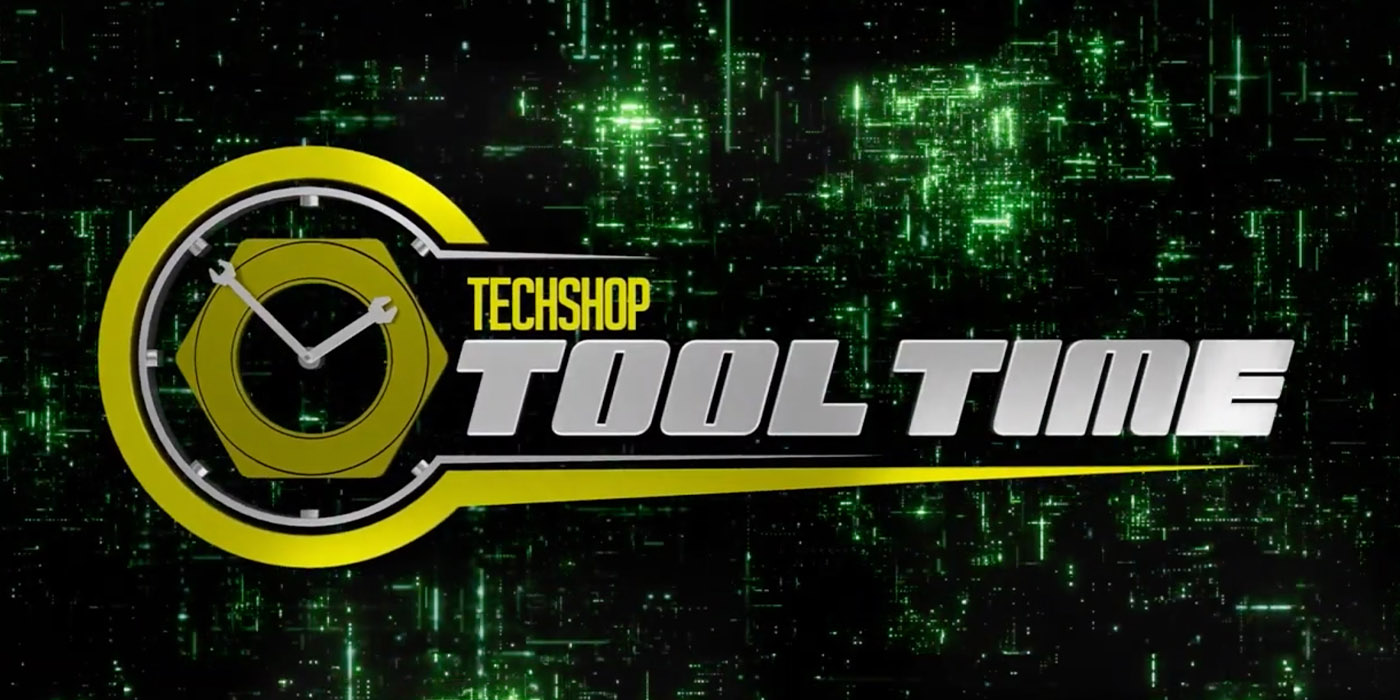Just a few days ago, a friend called me to ask an automotive-related question. We are good friends, but I’m not his “regular” mechanic. He wishes so, but I don’t do much on the side, primarily because I’d have no time for anything else in my life. He respects that, but also knows that I’m always willing to help out in a pinch, and his regular mechanic wasn’t feeling well and wouldn’t be available for a few days.
Here was his dilemma. His wife had a Cadillac with a capless fuel filler, and he was getting ready to add fuel treatment to the tank. He had spilled it in the past, so to avoid that, he decided to push a flexible hose past the filler neck flaps, then put a funnel in the end of the hose.
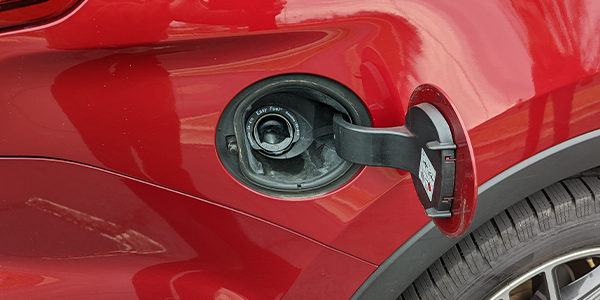
Everything worked fine, without a drop spilled, until it was time to pull the hose out of the filler neck. The hose wouldn’t budge, and after working at it for a while, it appeared the hose was locked in place for eternity. That’s when I got the call. I really didn’t have any suggestions because I had never seen that happen, nor could I claim to be an expert on capless fuel filler necks, so I said I’d stop over and take a look. The only thing I could think of was to tell him that there should be a funnel somewhere in the car, usually near the spare tire or jack, that is designed to be used for such a situation. Of course, little good that would do him now.
After work, I drove over to investigate the problem, stopping at home along the way to grab a long set of picks and a light. Sure enough, the hose seemed to be more or less welded in place, stuck in the innermost flap. He had pulled and dug at it, and it was almost torn in half. I knew I’d have to work carefully, since I didn’t want it to fall into the filler neck.
My theory was that pulling on the hose had simply wedged the inner flap shut. I didn’t know how thick or sturdy the flap was, so I didn’t want to try anything extreme. It ultimately took me about 15 minutes with various picks, gently working at the hose and trying to get something to move. Suddenly, the flap popped open, I pulled the hose out and everything was fine.
Laughing about the whole situation, I remembered to ask my friend if he had found the funnel. He said, no, he had looked for it but simply couldn’t find it, so we opened the trunk and lifted the floor panel to expose the spare tire. I didn’t see anything, so I took the nut off the spare hold-down, which was also the molded Styrofoam tool storage. There was nothing under there either, then just as I was lowering the trunk floor into place, a lucky reflection of light caught my attention. The spare was surrounded by black Styrofoam, and there in the Styrofoam was a round cutout in which the black funnel was dropped down in.
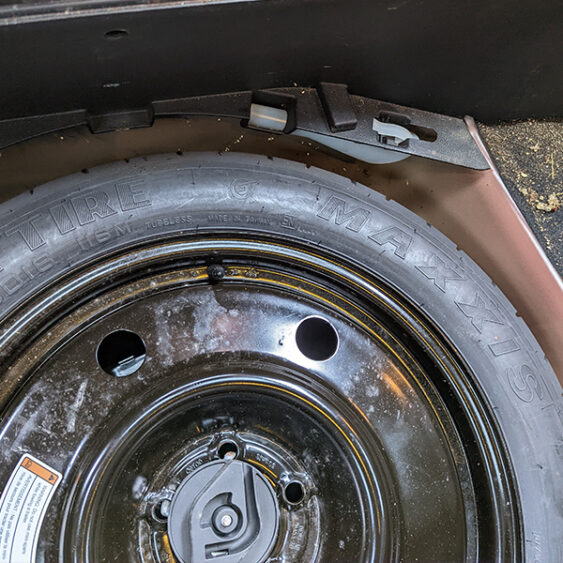
I don’t think a crack group of commandos could have come up with better camouflage. I wondered out loud why “they” couldn’t have marked it somehow, with either a yellow decal around it, or an arrow pointing to it or something! After all, we all know that no one reads the encyclopedias that come with today’s cars, and even if you tried to look it up, instead of being under “filler neck” or “fuel fill” in the index, it would be under “trunk accoutrements” or something ridiculous like that!
A few days later, I talked to my friend again, and his regular mechanic had called him once he was feeling better to see if he still needed to bring the car in. He told him no but told him the whole story. His regular mechanic has many years of experience, holds many certifications and is well known for the high quality of work he provides. After hearing the story, do you know what his response was? “I didn’t know about those funnels!”
I’ll be the first one to tell you I don’t know everything. As a matter of fact, I’m pretty sure I don’t even come close. So, I’m never afraid to ask questions, and not even remotely surprised when I learn something new. I honestly don’t remember when I first learned about the funnel, but I’m pretty sure it was only a few years ago, and it was only because the EVAP diagnosis I was performing called for using the funnel to open the flaps at one point in the procedure. I do remember thinking, “the funnel?”
Since then, I’ve told countless vehicle owners about it, not one of which knew of it. It’s just proof that there are so many things that change with automotive technology, we just can’t know it all, whether we are experienced technicians or vehicle owners. Capless fuel fillers have been around for about 15 years now, and if manufacturers are trying to keep the funnel a secret, they’re doing a pretty good job of it. If this is the first you’ve heard of it, welcome to the funnel!

